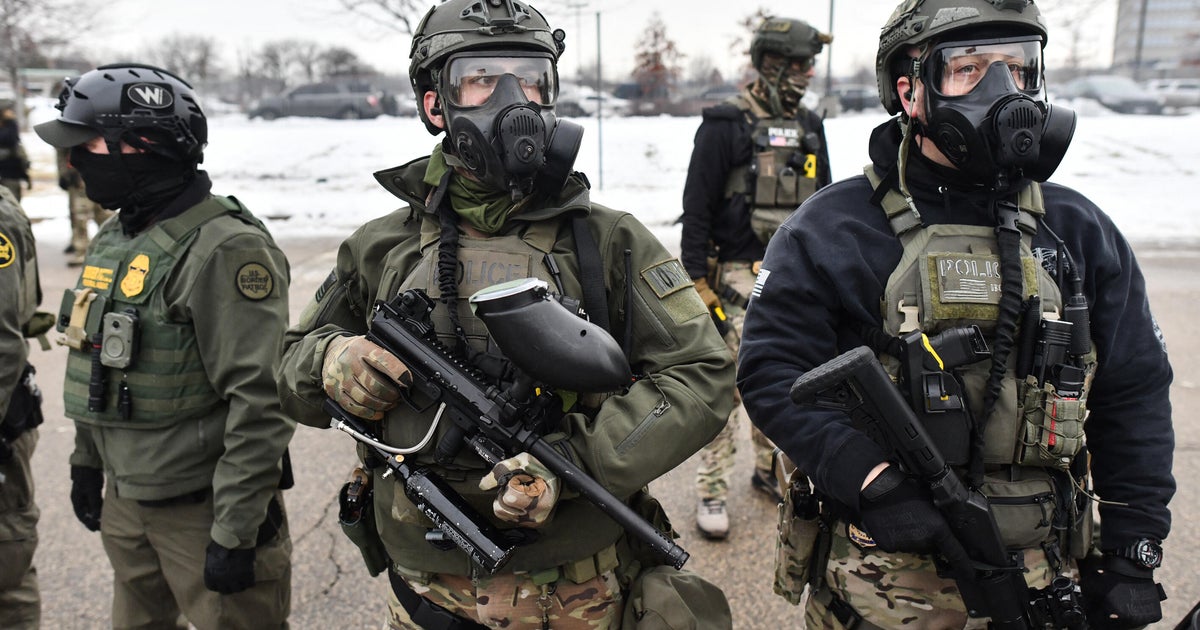Answers to your Good Questions about flooding
MINNEAPOLIS -- As our rivers continue to rise, you've been emailing us your Good Questions about flooding. From river levels to paddleboats to the record-setting year of 1965 -- Heather Brown hits reply all.
Flood stages
What do those numbers associated with flood stages mean? That's what Bill from White Bear Lake and Gary from Maplewood wanted to know.
What they don't mean is the actual depth of the river, but rather, they are individual reference points for the water level.
The reason for that goes back 100 years -- when these measurements got started.
Each local community would essentially put a stick in the water and establish their own arbitrary measuring point
The United States Geological Survey (USGS) tells WCCO it wasn't standardized back then, and for the most part, they kept it that way.
You can do some tricky math to translate these water levels to the actual depth of the river
Paddleboats
Joann from Hudson asks, what do they do with the paddleboats?
Here in St. Paul and Stillwater, the paddleboat companies told WCCO the boats stay right where they are.
The boats float and the docks float, so they can handle this flooding just fine.
Record flood of 1965
Tom from Watertown wanted to know: Why was 1965 a record flood year? It's the flood we measure all floods against here in Minnesota.
The water made it to Kellogg Boulevard in St. Paul, covered huge parts of Mankato, flooded homes in Henderson and far, far more.
Though we had a lot of snow throughout this winter, 1965 had a lot of late snow -- in fact, it was the wettest March on record. And, that snow melted pretty fast in the beginning of April.
April of '65 also had a good bit of rain. But -- the biggest issue here working against them -- was the frost.
1965 had five inches of solid frozen ground -- so when all that snow melted quickly and rain came down, the water couldn't seep into the ground.
Compare that to our soil this year, which had hardly any frost -- and was very dry from the drought -- so our some of our record snowfall from this season did have somewhere to go.








